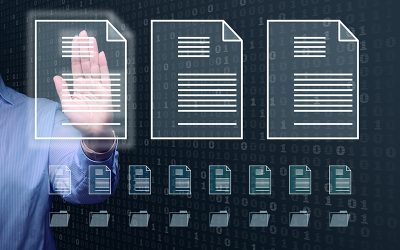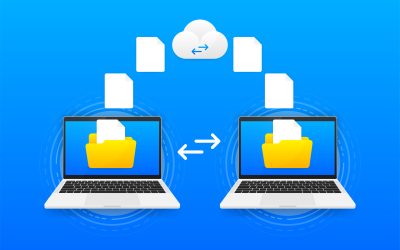The terms ‘backup’ and ‘archive’ are often used in the same context while talking about data storage. If you think both of these technologies are the same, then read on to understand how they differ. Though these technologies support primary data storage, they are different from each other. Let us see how Storage Networking Industry Association (SNIA), an association that ensures trusted and complete storage network across the IT community defines these terms.
Backup or backup copy is actually a collection of data saved on removable storage media for recovery purposes when the original data gets lost or becomes inaccessible. On the other hand, archive is the collection of data objects (sometimes along with metadata) saved in a storage system for long-term preservation and retention.
However, there are basically three differences between backup and archive systems pertaining to three specific aspects:
Data – During the backup procedure, your entire data including active and inactive information is stored in a trusted storage. Important information is copied to a backup target such as a tape or disk. In this case, the actual data runs on your main system while its copy stays safe on the relevant storage media. Hence, even if your backup gets destroyed due to some reasons, you can continue your daily operations though at a certain amount of risk.
In the case of archive process, inactive (older) data is moved from primary storage and stored on dedicated systems that facilitate cost-effective long-term storage. Here, actual production data is stored instead of a copy for later use. Therefore, if you lose archived data, you will lose the actual information permanently and it may definitely affect your data operations. Though the data is old, there is no copy for it unlike backup.
Access – Backup systems not only store large volumes of data, but also restore data objects of all sizes. Backup data is written in large blocks to dedicated hardware. This format allows speedy access to a large amount of information. Objects of all sizes can be restored with a backup system; however, the process works best for larger scale recovery. Backup applications are the ideal options when you are looking to recover an application or a complete system.
As archive systems store individual data objects such as files, e-mail message or databases and also metadata associated with them, access to individual files or e-mail is simple with these systems. But archives do not support high volume recoveries since they contain only a part of the entire enterprise data.
Disaster Recovery – Disaster Recovery (DR) and backup processes are closely related. Administrators usually run an offsite process (includes copy or replication of backup data) along with the backup job for DR purposes. Both these processes are automatically incorporated as a single efficient protection procedure.
An archive system DR can prove to be quite expensive and complex. Usually, for disaster recovery, organizations depend on the replication functionality embedded inside the archive platform. As most of the replication implementations are proprietary, it will become necessary for organizations to purchase two identical and rather expensive archive systems – one each for the production and DR environments. Moreover, the ability to control replication, move back data into prior restore points and manage bandwidth usage may vary according to the archive system.
Backup protects the data that is used currently while archive retains the data that is no longer actively used. A professional BPO company can help meet your data backup and archive storage requirements and ensure that your documents remain safe and easily accessible.




